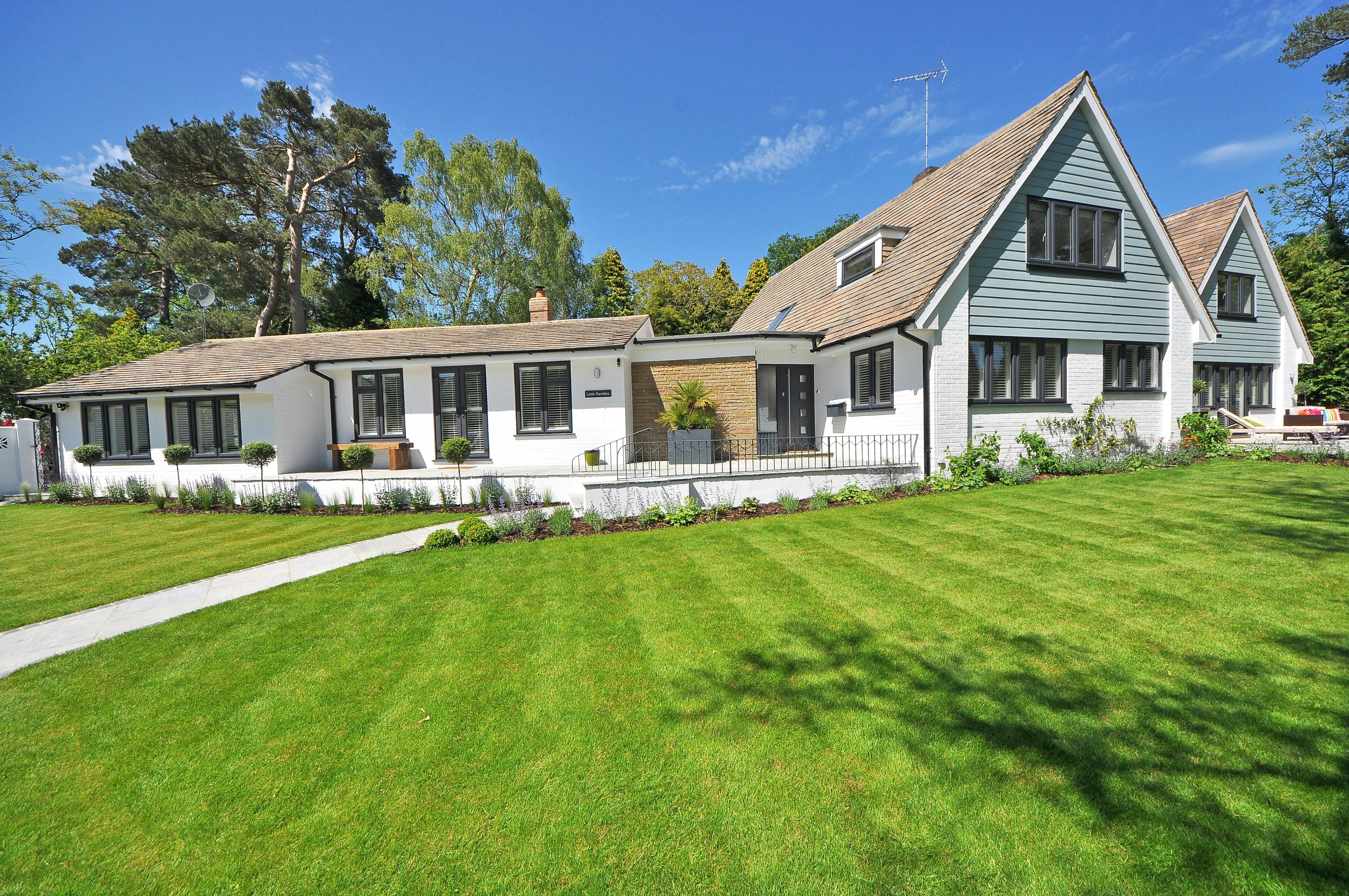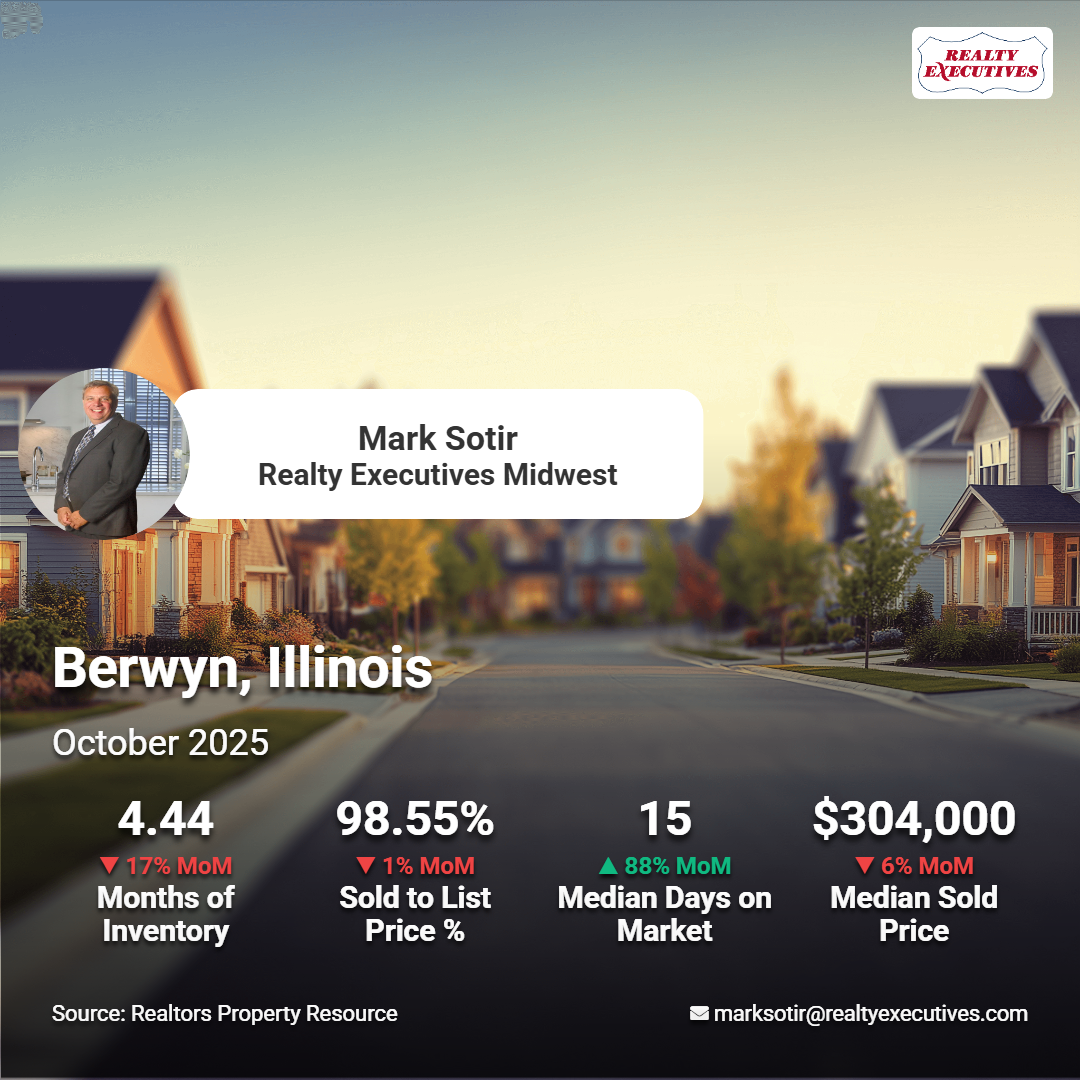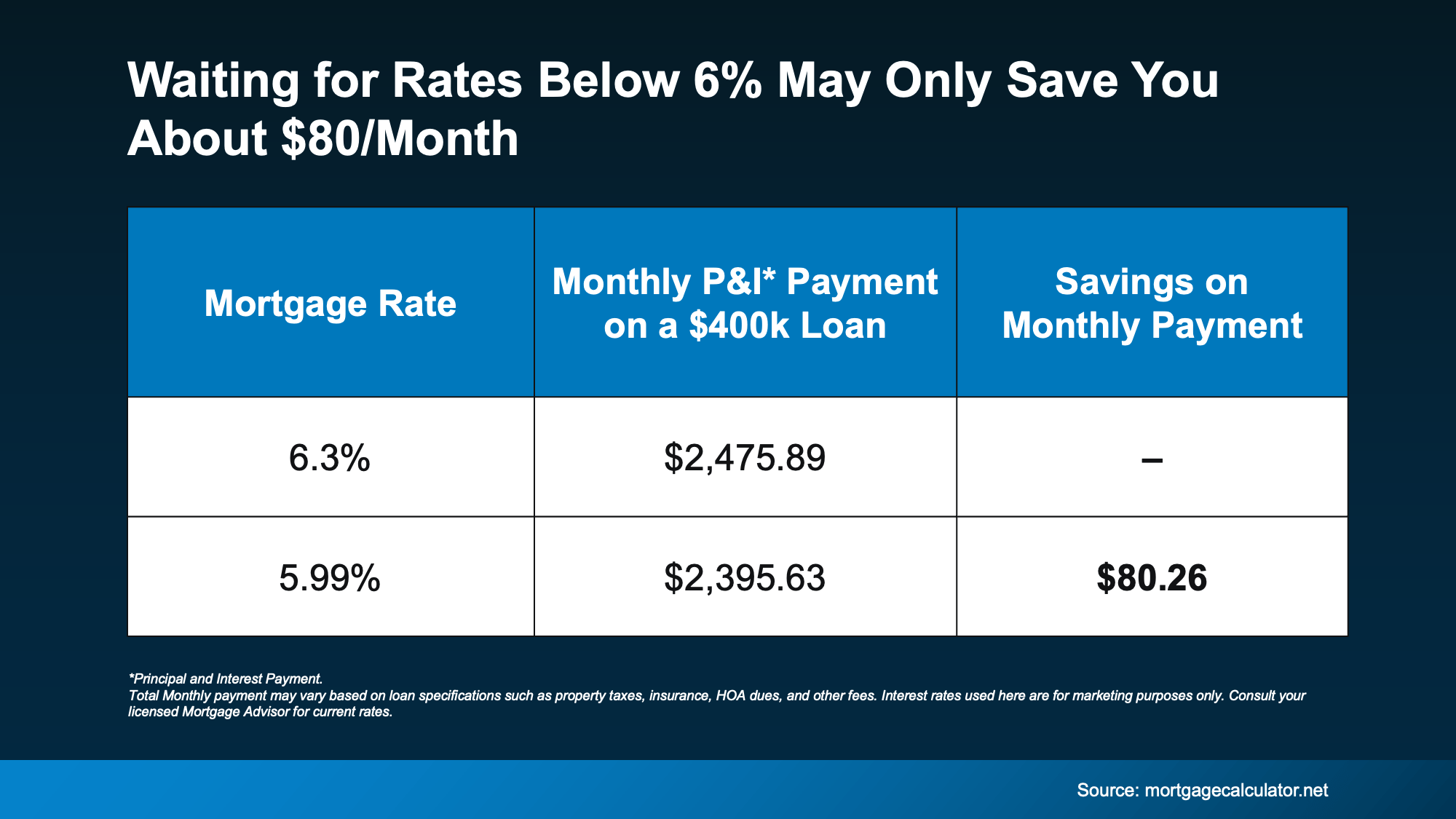5 Things Home Sellers Should Do NOW If They Want to Sell Their Home in 2026
Thinking about selling your home in 2026? You’re already ahead of the game—and that’s a HUGE advantage. The Chicagoland market continues to evolve, and homeowners who begin preparing early will stand out, attract more buyers, and secure higher offers. Whether you’re in Downers Grove, Woodridge, Westmont, or anywhere in the western suburbs, these five steps will help you enter 2026 with confidence and a winning plan.
1. Price Your Home With 2026 Market Data—Not Yesterday’s Trends
One of the biggest mistakes sellers make is pricing based on outdated neighborhood sales or what they “think” buyers will pay. The reality? The 2026 market is shaping up to be more nuanced, more competitive, and more data-driven.
Buyers are studying real-time numbers, and smart pricing from the start can:
-
increase your showing activity
-
attract qualified buyers faster
-
reduce time on market
-
help you avoid price reductions
A proper 2026 pricing strategy requires expert guidance, local analytics, and a clear understanding of buyer behavior. That’s where a market-specific home valuation becomes essential.
2. Take Care of Repairs Long Before You List
Repairs matter more than ever. Buyers in 2026 want move-in ready homes—and they’re quick to walk away when small issues pile up.
Start early with:
-
mechanical tune-ups (HVAC, water heater, plumbing)
-
cosmetic improvements (paint, hardware, lighting)
-
safety items (loose handrails, deck boards, GFCIs)
Fixing these items early reduces stress, keeps your deal from falling apart during inspection, and helps your home present beautifully when buyers walk through the door.
3. Boost Your Curb Appeal to Win Buyers Fast
Online appeal starts with curb appeal. With more buyers shopping virtually before ever stepping foot inside, your exterior sets the tone for their entire first impression.
Simple upgrades that make a big impact:
-
fresh mulch and clean landscaping
-
updated outdoor lighting
-
power washing siding and walkways
-
a crisp, welcoming front door color
These small touches help your home stand out in 2026’s competitive digital marketplace.
4. Stage for Today’s Buyer—Clean, Modern, and Minimal
Staging isn’t just for luxury listings anymore. It’s a core marketing tool that increases perceived value and helps buyers picture themselves living in your home.
For 2026, buyers are especially drawn to:
-
neutral color palettes
-
uncluttered spaces
-
move-in ready aesthetics
-
bright, airy rooms
Even partial staging or virtual staging can dramatically increase online engagement and foot traffic.
5. Choose a Marketing Strategy Built for 2026
The days of simply putting a home on the MLS are long gone. If you want strong offers in 2026, you’ll need a modern, robust marketing plan that reaches buyers where they spend their time.
A winning 2026 strategy includes:
-
high-resolution photography
-
cinematic video walkthroughs & drone footage
-
detailed floor plans
-
social media advertising
-
Google visibility
-
targeted digital exposure across real estate platforms
This multi-layered approach ensures your home reaches every possible buyer—locally and out of state.
Ready to Sell in 2026? Start Preparing Now!
Getting ahead of the market gives you the upper hand, and I’m here to guide you every step of the way. Whether you need a pricing strategy, repair guidance, staging recommendations, or a full 2026 marketing plan, I’ve got you covered.
?? Mark Sotir – Realty Executives Midwest
?? 630-815-8098
?? www.marksotir.com








